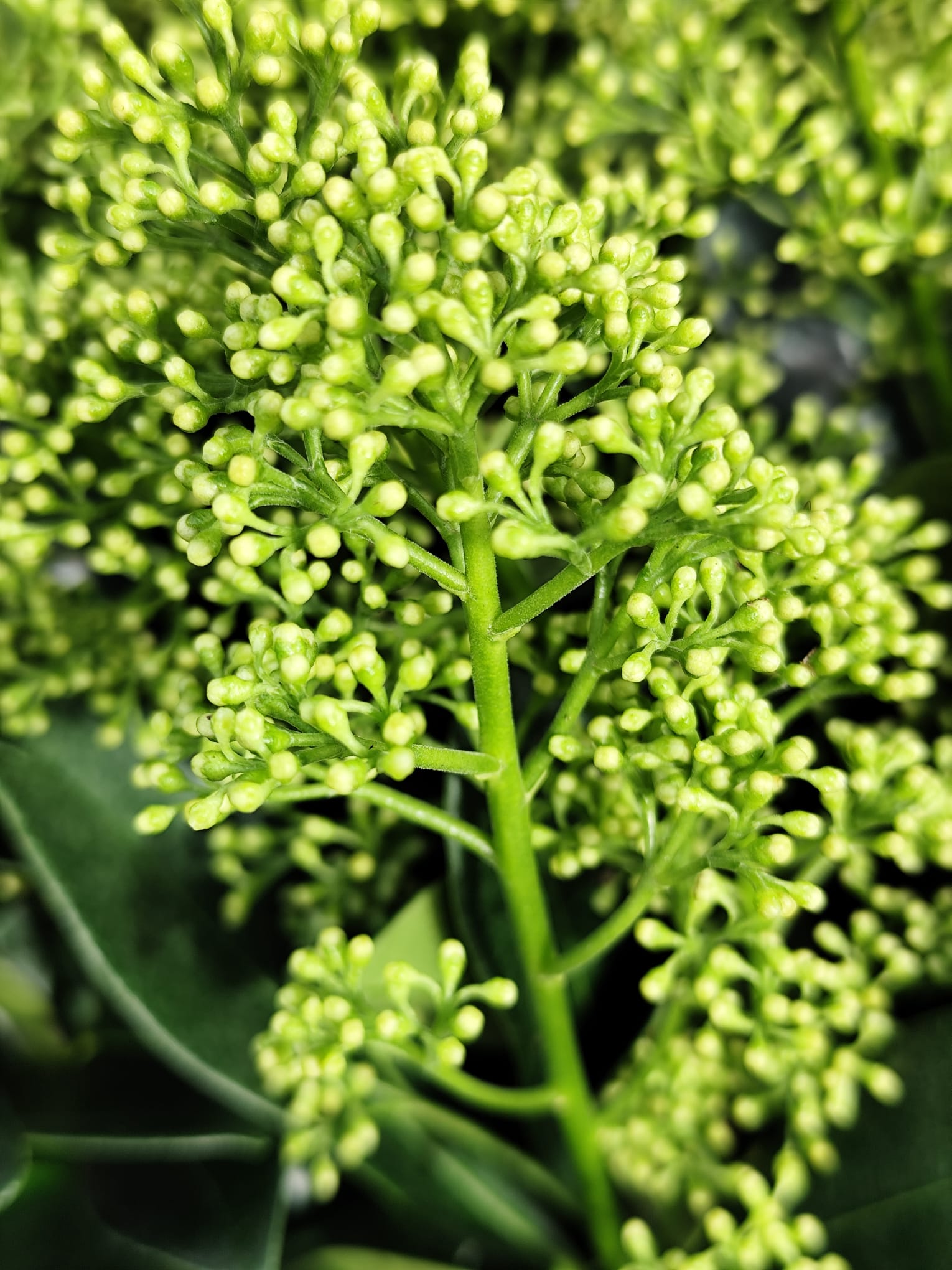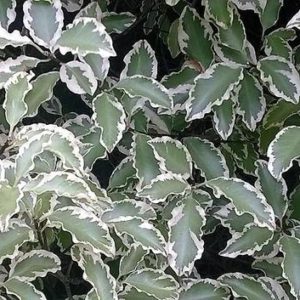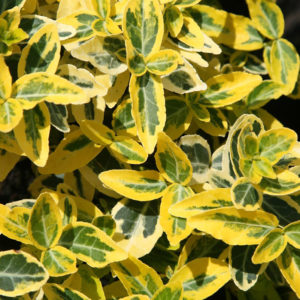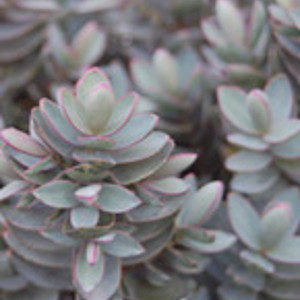Skimmia japonica ‘finchy’
€45.00
Frequently Bought Together

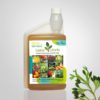
Description
Quick Facts
- Common Name: Japanese Skimmia, Finchy
- Botanical Name: Skimmia japonica ‘Finchy’
- Plant Type: Evergreen shrub
- Mature Height: 60-80cm
- Mature Spread: 60-80cm
- Flowering Period: March to May
- Flower Colour: White flowers from pink buds
- Foliage: Dark green, glossy, aromatic leaves
- Hardiness: RHS H5 (fully hardy)
- Soil Requirements: Moist, well-drained, acidic to neutral
- Aspect: Partial to full shade
- Maintenance: Low
Description
Discover the charming beauty of Skimmia japonica ‘Finchy’, a delightful compact evergreen that brings months of colour and interest to shaded Irish gardens with its abundant red berries and sweetly scented spring blooms. This exceptional female cultivar offers an unparalleled display throughout the seasons, transforming the darkest corners into jewel-boxes of colour that captivate from autumn through spring with minimal care required.
From early spring through late spring, this enchanting shrub produces clusters of fragrant white flowers that emerge from decorative pink buds, filling shaded spaces with their sweet perfume. As summer progresses, these blooms transform into abundant clusters of bright red berries that persist throughout autumn and winter, creating a spectacular display when gardens need colour most. The compact, rounded habit and lustrous dark green foliage provide elegant structure year-round, making this a true four-season performer.
Named for its particularly fine berry production, ‘Finchy’ represents one of the most reliable female skimmias for Irish gardens. Perfectly suited to our naturally acidic soils and shaded spaces, this hardy treasure thrives in conditions where many plants struggle, rewarding gardeners with exceptional berry displays when planted alongside a male pollinator such as ‘Rubella’ or ‘Fragrant Cloud’.
Create enchanting shade gardens by pairing this berry-laden beauty with hellebores, ferns, and winter-flowering heathers for layered seasonal interest, or combine with other acid-loving companions such as camellias, pieris, and rhododendrons. Magnificent in containers flanking doorways where its berries can brighten winter days, or massed in woodland gardens where its colourful display will bring cheer and wildlife interest to your Irish garden sanctuary throughout the colder months.
Caragh Garden Notebook
Planting: Space plants 60-80cm apart in partial to full shade. Plant in spring or autumn in moist, well-drained, acidic to neutral soil. Dig holes twice the width of the root ball and incorporate ericaceous compost or well-rotted leaf mould. Plant alongside a male skimmia within 5-10m for pollination and berry production. Water thoroughly and mulch with bark chips or pine needles.
Soil Preparation: Requires acidic to neutral soil with pH 5.5-7.0. Thrives in humus-rich, moisture-retentive conditions. Avoid alkaline or chalky soils which cause chlorosis (yellowing leaves). In neutral soils, incorporate generous amounts of ericaceous compost and mulch annually with acidic materials. Ensure good drainage whilst maintaining consistent moisture levels.
Container Growing: Excellent for containers using quality ericaceous compost. Choose pots minimum 40cm diameter with adequate drainage holes. Water regularly with rainwater where possible to avoid alkaline tap water. Feed monthly during growing season with ericaceous fertiliser. Repot every 2-3 years in spring using fresh ericaceous compost. Position near a male skimmia for pollination.
Seasonal Care: Minimal pruning required – simply remove any dead, damaged, or wayward branches in late spring after flowering. Avoid heavy pruning which can reduce berry production. Apply slow-release ericaceous fertiliser in early spring. Mulch annually with bark chips, pine needles, or leaf mould to maintain soil acidity and suppress weeds. Water during prolonged dry spells, especially when berries are developing.
Propagation: Take semi-hardwood cuttings in late summer using hormone rooting powder. Root in ericaceous compost with consistent humidity and warmth. Rooting typically takes 8-12 weeks. Alternatively, layer low-growing branches in spring. Note: As a female cultivar, ‘Finchy’ produces abundant berries when pollinated by male varieties but cuttings maintain the female characteristics.

